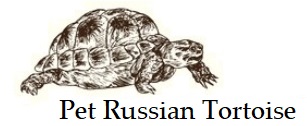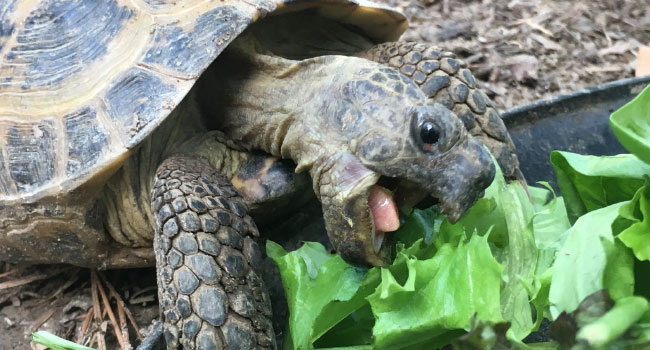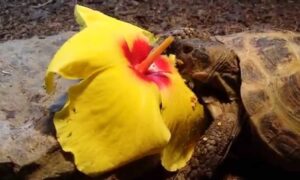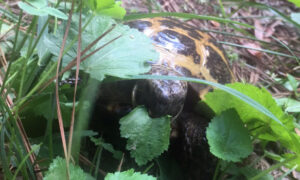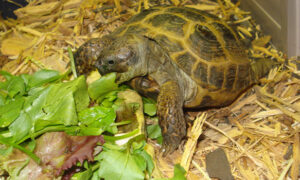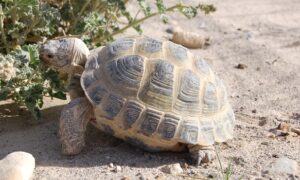When caring for a pet tortoise, it’s important to know how much to feed a Russian tortoise. If you offer too much food, it will be wasted, as tortoises typically do not over-indulge. However, if you do not offer enough food, your tortoise will not get enough to eat.
If your Russian tortoise is not eating enough, this can cause your tortoise not to grow properly. Also, if you’re not feeding your tortoise enough food, the tortoise can potentially have nutrition concerns, potentially leading to issues like metabolic bone disease.
There are many different opinions on how much to feed a Russian tortoise. You can ask 10 different experienced keepers and get 10 variations of opinions. Common thoughts of how much to feed a tortoise includes.
- Feed a tortoise what it will eat in 20-30 minutes and remove the rest.
- Offer a pile of food that is approximately the same size as the tortoise’s shell.
- Feed the tortoise about 3-4% of its body weight. So if the tortoise weighs 100 grams, feed about 3-4 grams of food.
Over-Feeding a Russian Tortoise
As stated, you generally can not over-feed a Russian tortoise. However, you can feed too much of bad foods. Russian tortoises are near about garbage disposals and will try just about anything.
If you feed a Russian tortoise nothing but kale and apples, the tortoise will eat it. This is not a good diet and lead to health concerns, especially shell deformities, like pyramiding.
It is important to just keep a close eye on your tortoise’s weight. Feed a nutritionally varied diet of weeds and greens. Limit vegetables and avoid fruits.
Russian tortoises are grazers and will typically eat throughout the day. If you have the tortoise in an outdoor enclosure, the tortoise needs to get plenty of exercise, and the same goes for large indoor enclosures. Remember in the wild, Russian tortoises may have had to travel to find a good meal. Vegetation could sometimes be sparse in their native habitats. Russian tortoise naturally exercise and build up an appetite.
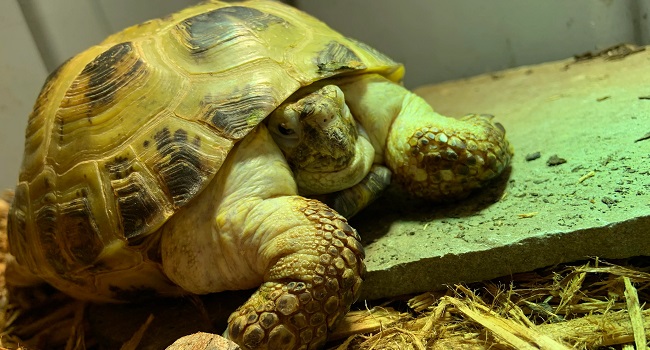
Obese Russian Tortoise
If you think your tortoise may be getting fat, there are signs of an obese tortoise to look for. The most obvious sign are fat deposits around the legs, head or bum. A tortoise shell can not support extra fat deposits, so it collects in the soft tissues around the base of the shell around the legs, tail and head. The legs will appear puffy.
As a rule of thumb, if the tortoise pulls in its head and legs and you can see some leg or head, the tortoise may be a bit overweight. All you should be able to see is the bottom of the back feet and the front of the front legs when the tortoise is tucked in its shell.
Prevent Obesity in Pet Tortoise
Firstly, offer a variety of foods. Secondly, offer the right foods. Russian tortoises require a high fiber, low sugar and low protein diet.
Next, ensure the tortoise is getting enough exercise. It is easier for a tortoise in an outdoor enclosure to get more exercise. A tortoise cooped up in a smaller indoor enclosure will need added attention to ensure exercise.
